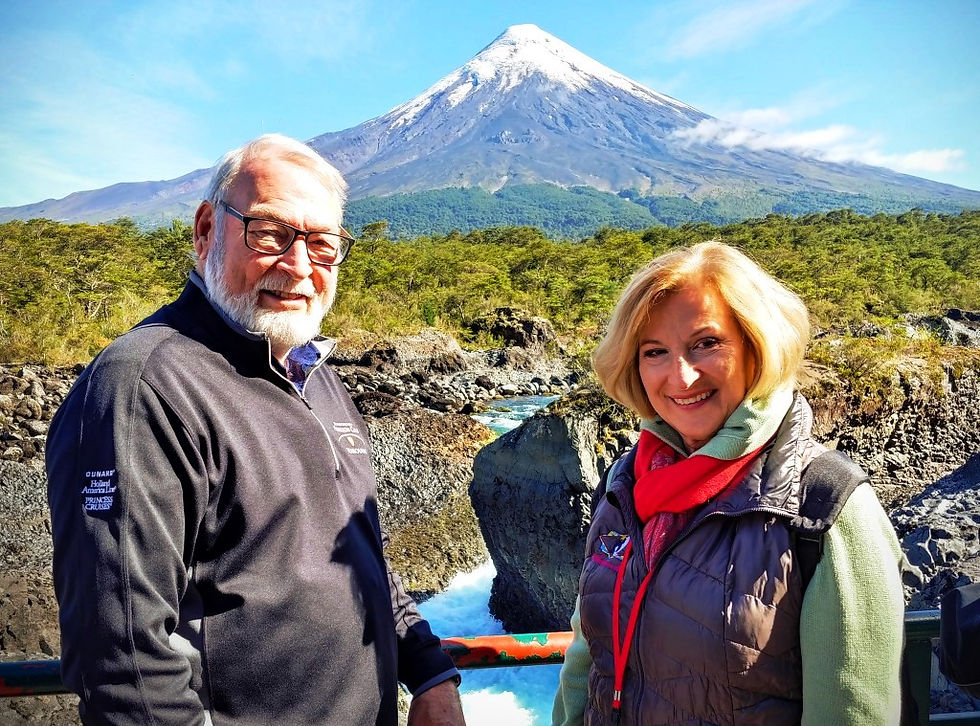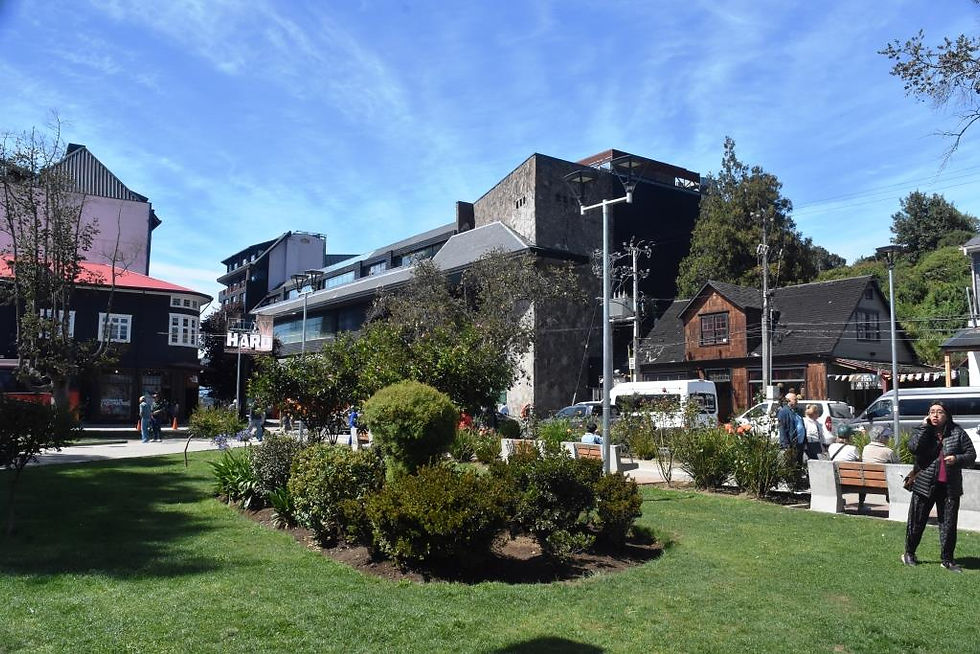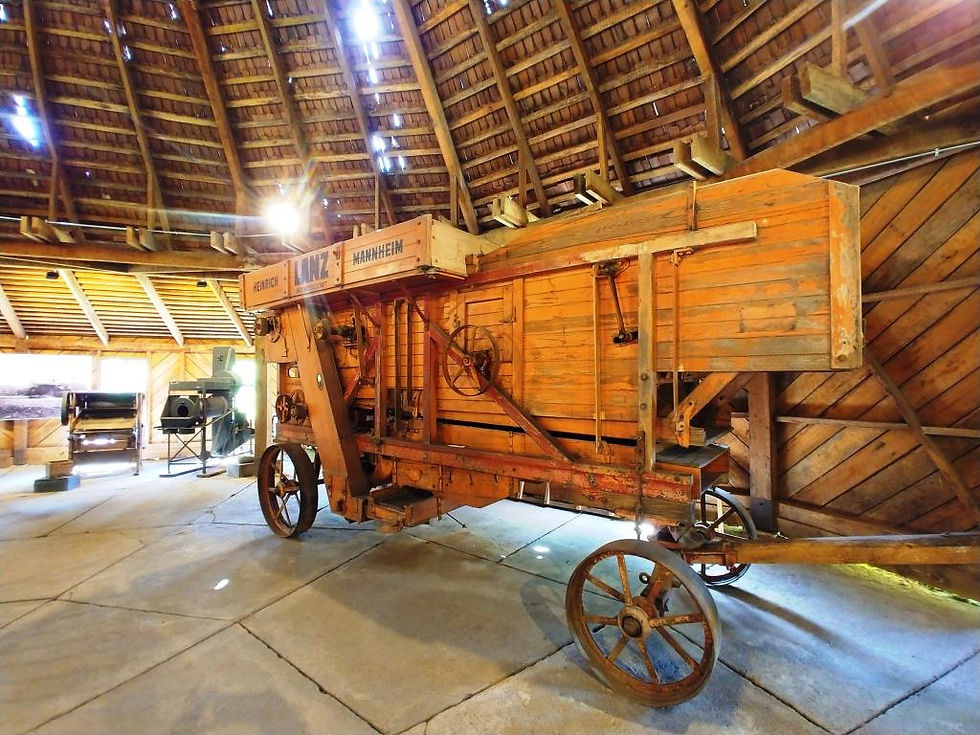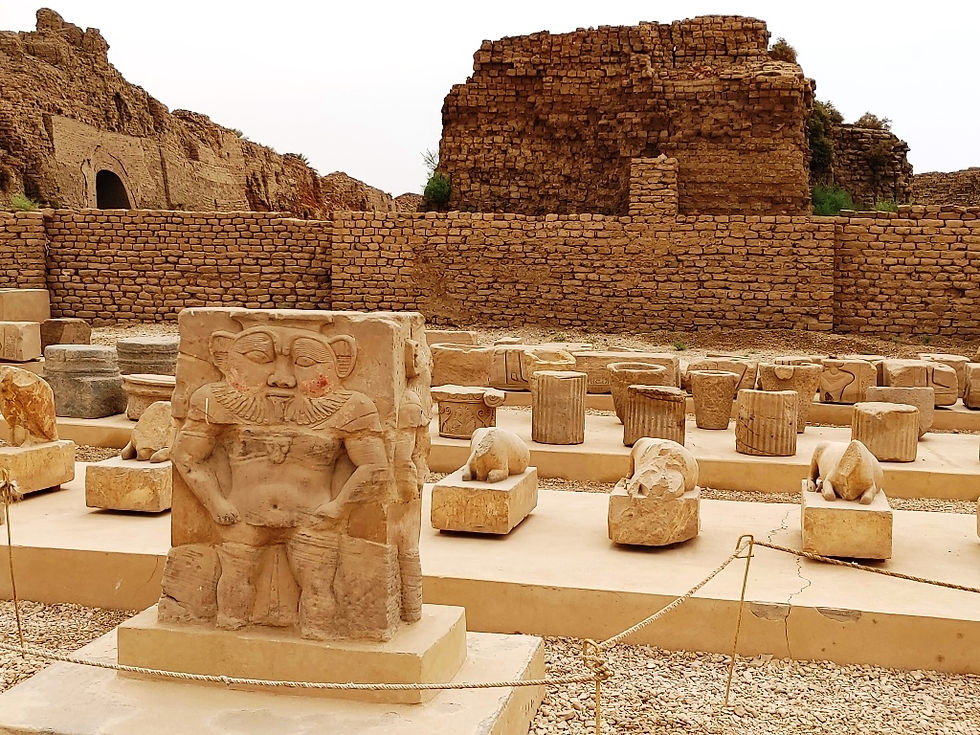Puerto Montt – a Little Germany in South America
- pswartz
- Mar 1, 2023
- 2 min read


Today we are in Puerto Montt, located about two-thirds of the way south in Chile. This is in the Lake Region of Patagonia which has plenty of water as opposed to the northern third of Chile, which is desert. The area also has a very favorable climate that, although it gets very cold in winter, gets no snowfall. All of these lead to fabulous farmland.
Chile, as I’ll explain in a later blog, has a very checkered history. But for the Lake Region, the most important dates are the 1850’s. Puerto Montt was founded in the 1850s by German settlers who had been enticed to Chile during that period. The site was chosen for the new town after the discovery of its proximity to the open ocean and the great farmland and named after then President Manuel Montt.
At the time, the growing population of Prussia and the German states were growing overpopulated, and farmland was getting hard to find. It was also hard to find good paying jobs and political rights were very limited. With this lack of land and opportunity, it did not take a lot of coaxing to get people to move to the Americas – including Chile.

As the Germans moved to this area of Chile, they found the climate and weather very much like back home. After working the land for seven years, it became theirs so many stayed, and their influence can be found to this day in the architecture, agriculture, food and drink – especially beer.

We ventured to the nearby town of Puerto Varas, located on Lake Llanquihue (meaning deep place). Puerto Varas is a popular tourist destination with its distinctive German-inspired architecture, wide variety of hotels and inns, a casino, a beach and striking views over the lake to the Osorno and Calbuco volcanoes.
Near the town is a national park with a great number of waterfalls in the area. We spent the morning hiking in this area – very picturesque with all the waterfalls and the volcano in the background. For more, see the pictures below.

We then went into the town of Puerto Varas and spent some time shopping (Carol got her earrings) and for a local lunch – with a German flavor, of course.

The last stop for the day was to another nearby town, Frutillar, and an agriculture museum. When the German farmers came from the old land, they brought their own equipment with them and much of it is on display in the various buildings that comprise the museum grounds. There’s the old barn with farming and processing equipment, the blacksmith shop and, of course, the homestead itself. Again, see the pictures below for more.
After returning to the ship, we again enjoyed dinner with our friends, Ken and Gail, and talked all about our German day in Chile aboard a ship flagged in Norway!






















Comments